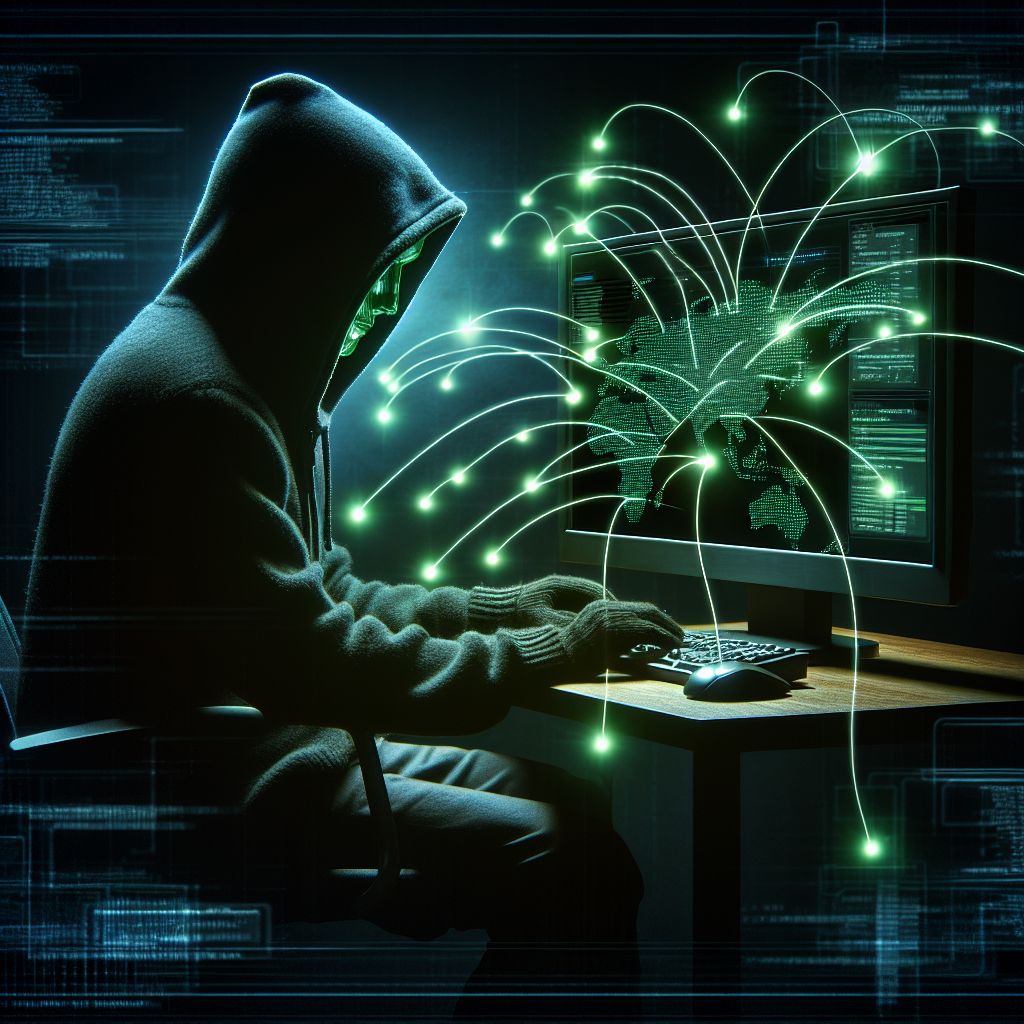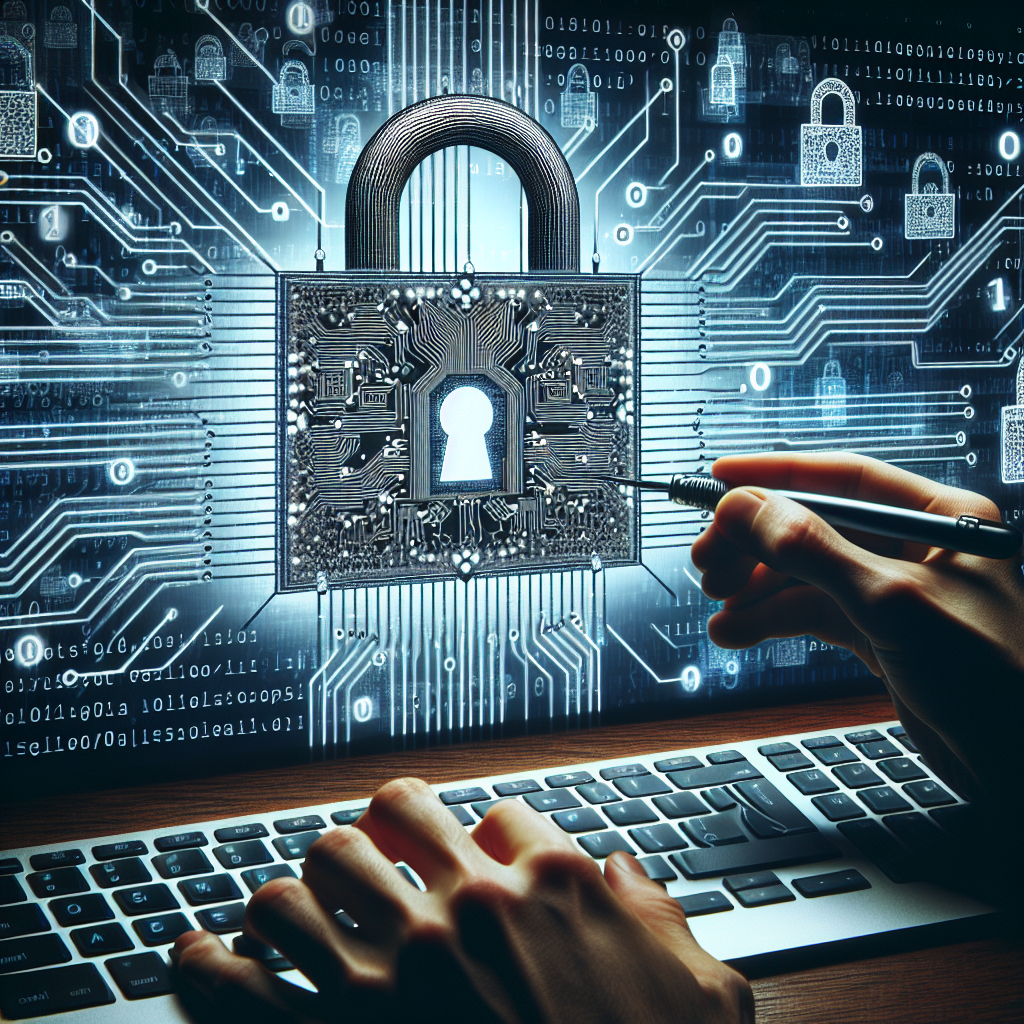A computer that won’t start can be incredibly frustrating. Fortunately, there are several basic troubleshooting steps you can follow to diagnose and potentially fix the problem. This guide will walk you through the necessary steps to get your computer up and running again.
1. Check the Power Supply
Your first step should be to check whether the computer is receiving power.
- Ensure the power cable is securely plugged into both the computer and the wall outlet.
- Check for any visible damage to the power cable.
- If using a power strip or surge protector, make sure it is turned on and functioning.
- Test the power outlet by plugging in another device to see if it works.
Power Supply Status Table
| Component | Condition | Action Required |
|---|---|---|
| Power Cable | Loose/ Damaged | Reseat/ Replace |
| Power Strip/ Surge Protector | Off/ Not Working | Turn On/ Replace |
| Wall Outlet | No Power | Switch Outlet |
2. Inspect the Connections
Loose or disconnected cables can prevent your computer from starting.
- Check all internal cables, including those connecting the motherboard, hard drive, and optical drive.
- Ensure external peripherals like the monitor, keyboard, and mouse are securely connected.
- Inspect the RAM sticks and graphics card to ensure they are properly seated.
3. Listen for Beep Codes
When you try to start your computer, listen for any beep codes. These beeps can be indicative of specific hardware issues.
- A single beep usually signals a successful POST (Power-On Self Test).
- Multiple or long beeps often indicate hardware issues like RAM or CPU problems.
- Refer to your motherboard’s manual for specific beep code meanings.
4. Perform a Hard Reset
Sometimes, a simple hard reset can resolve the issue.
- Disconnect all external devices.
- Unplug the power cable from the computer.
- Press and hold the power button for 20-30 seconds.
- Reconnect the power cable and try to start the computer again.
5. Test the RAM
Faulty RAM can also prevent your computer from starting.
- Remove all RAM sticks and try to start the computer with one stick at a time.
- If the computer starts with one stick but not the others, you may have a bad RAM stick.
- Try different slots to determine if the issue is the RAM or the slot itself.
6. Check for Overheating Issues
Overheating can cause serious problems and prevent your computer from starting. Ensure the system’s fans are working properly and clean any dust from the components.
- Check the CPU fan and heatsink for dust buildup.
- Ensure all case fans are operational.
- Consider reapplying thermal paste to the CPU if overheating continues to be an issue.
7. Examine Boot Order in BIOS
Incorrect boot order settings can prevent your computer from starting.
- Enter the BIOS setup by pressing the appropriate key during startup (usually F2, F12, Del, or Esc).
- Check the boot order settings to ensure the primary hard drive is listed first.
- Save any changes and exit the BIOS.
8. Check for Software Issues
If hardware does not seem to be the issue, software problems might be the culprit.
- Attempt to boot into Safe Mode by pressing F8 during startup.
- If you can boot into Safe Mode, use system restore or other diagnostic tools to fix any issues.
- Reinstall the operating system as a last resort.
9. Test with Another Power Supply
If your power supply is failing, your computer won’t receive the necessary power to start.
- Use a power supply tester to check the voltage output.
- Alternatively, swap in a known-working power supply to see if the computer starts.
- If the computer starts with a different power supply, replace the faulty one.
10. Seek Professional Help
If these troubleshooting steps do not resolve your issue, it may be time to consult with a professional technician who can perform more advanced diagnostics.
By following these basic troubleshooting steps, you can identify and potentially resolve the issue causing your computer not to start. Whether it’s a power issue, hardware malfunction, or a software problem, these guidelines will help you get to the root of the problem.




